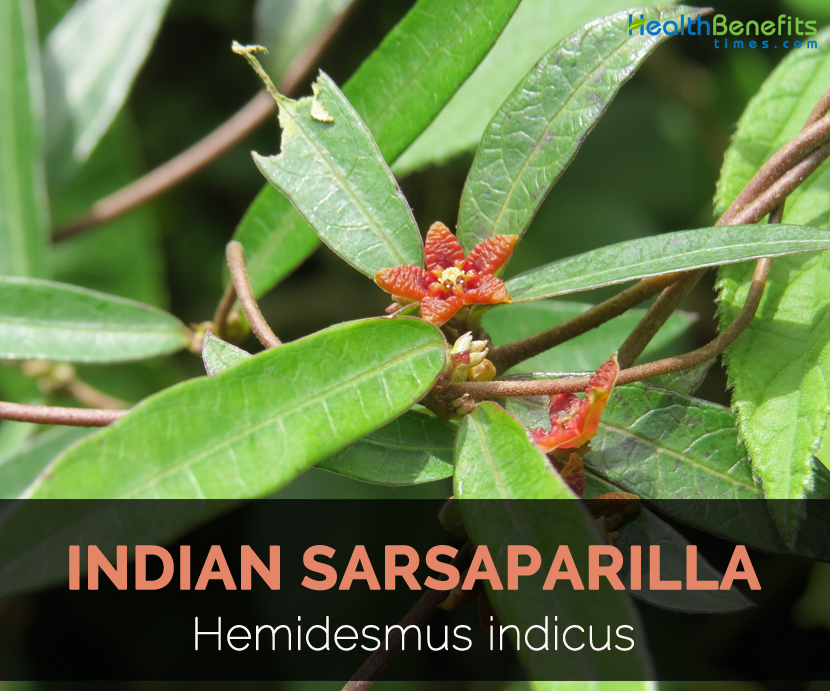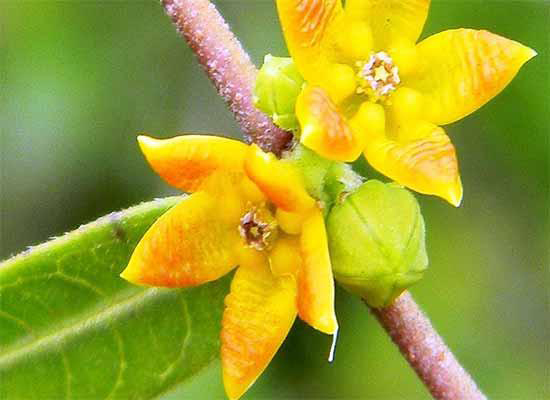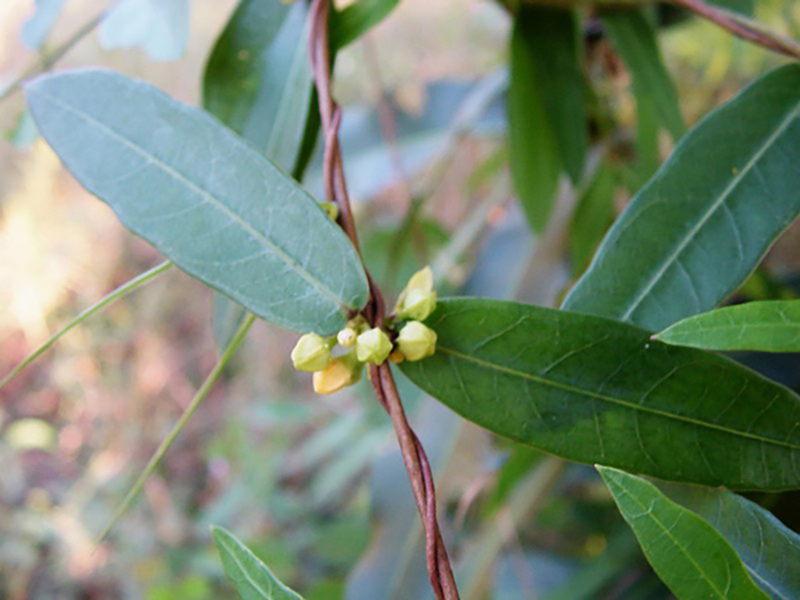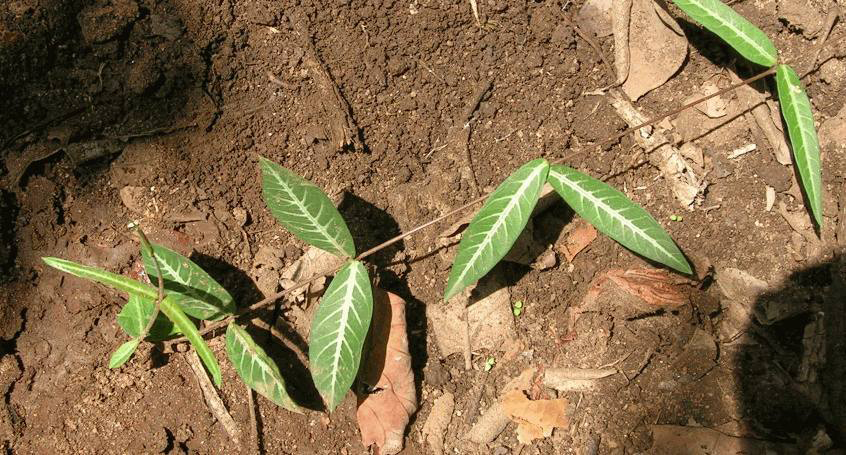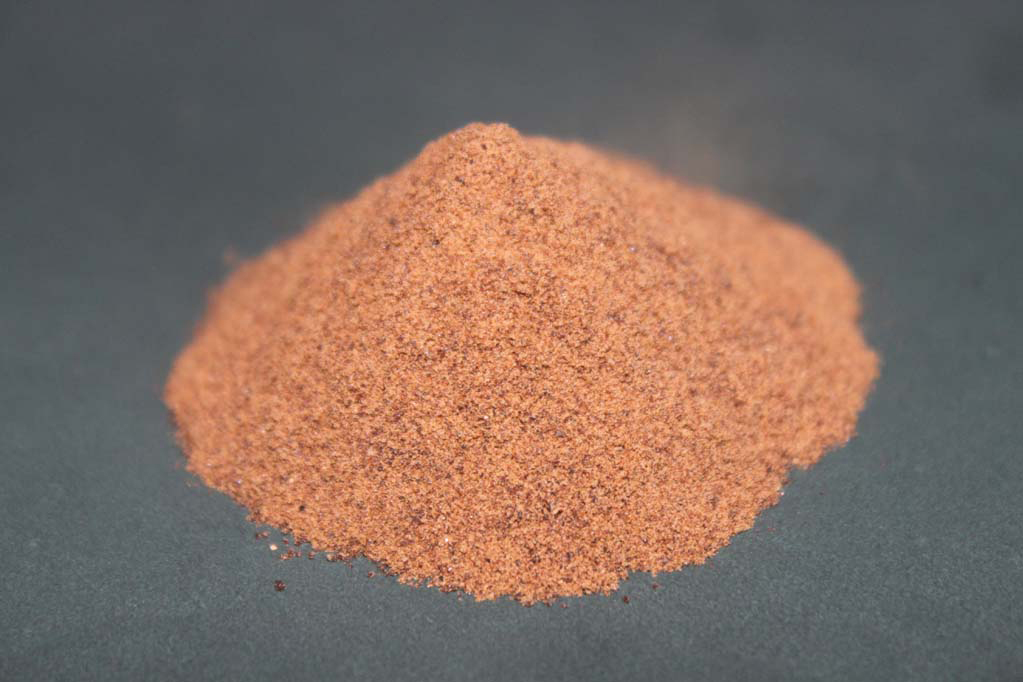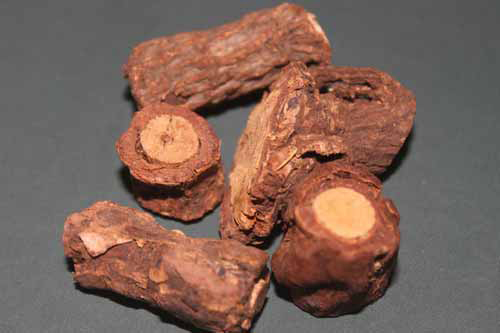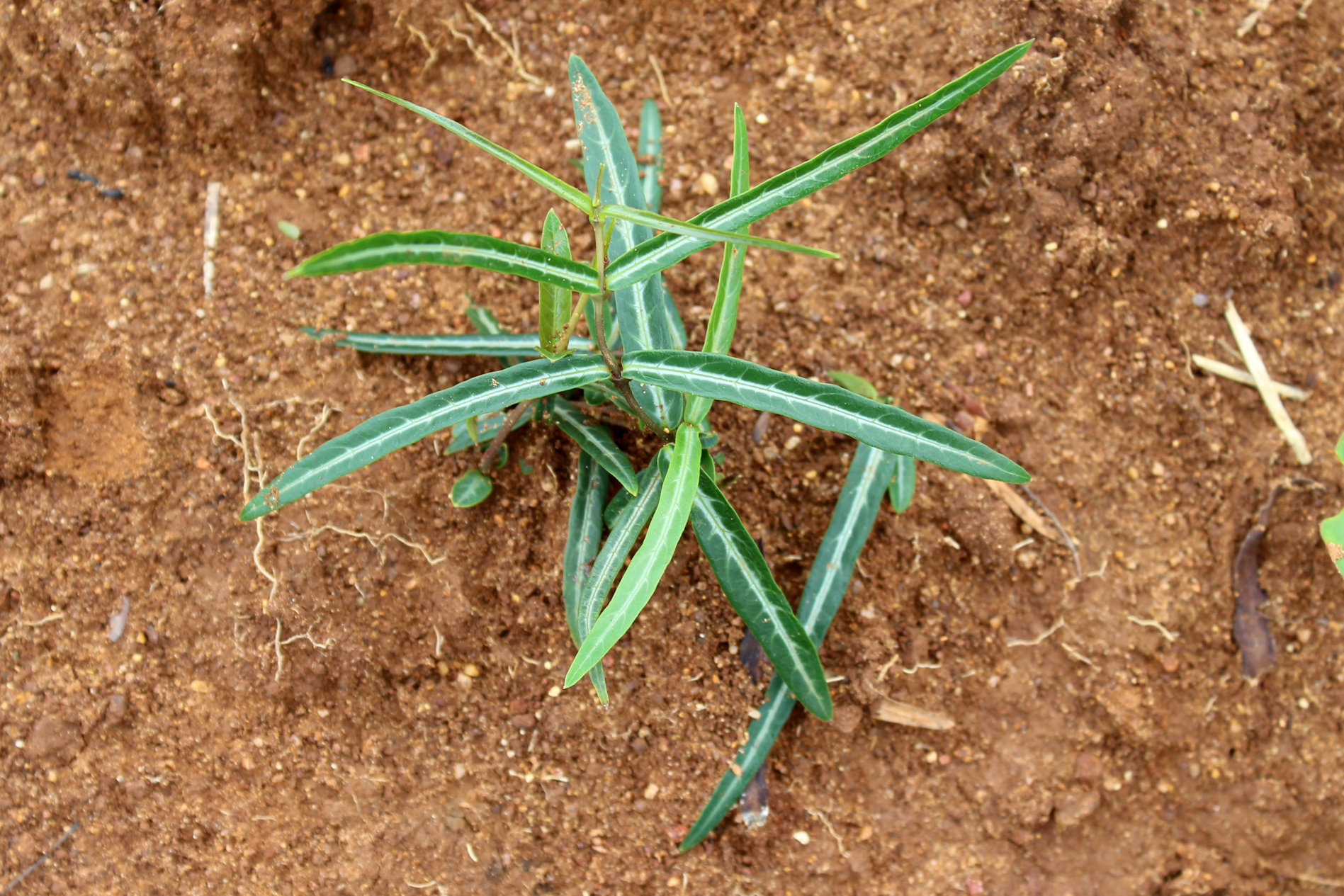The root of Hemidesmus indicus is sweet, demulcent and cooling. It is used as an aphrodisiac, diuretic and tonic. The root bark is used to treat leucoderma, syphilis, rheumatism, hemicrania and several kidney and liver disorders. In folk medicine, the powdered root is combined with cow’s milk which treats scanty and highly colored urine.
The medicinal properties it possesses are chemopreventive activity, anti-cancerous activity, immuno-modulatory activity, healing power, antioxidant properties, anti-diarrheal activity, diuretic activity, anti-leprotic activity and anti-venom activity. It occurs over the larger part of India from upper Gangetic plain eastwards to Assam and in Central, western and South India.
Health Benefits of Hemidesmus indicus
- Anti-cancerous activity
Hemidesmus indicus possess anticancer potentials against breast cancer cells. Rhizomes methanolic extract is effective against breast cancer. It is also used in treating colon cancer. The root extract shows significant cytotoxic activity against Ehrlich Ascites Tumor as well. The components of intracellular signaling pathways that are involved in cell viability, proliferation and alter protein expression which leads to tumor cell death. It is a chemopreventive agent in skin.
2. Wound healing activity
The leaves have wound healing properties and have a crucial role in treating chronic wounds and in cancer and diabetic patients. About 5% and 10% of H. indicus alcoholic extract is formulated as ointment which increases the rate of wound contraction.
- Treat ulcer
Hemidesmus indicus possess antiulcer activity and acts by mucoprotective action and also inhibit prostaglandins. When compared to drugs such as rantidine and omeperazole, H. indicus have less mucoprotective activity.
- Nootropic effect
The root extract of H. indicus promote learning power as well as memory in mice. It is used as a memory restorative agent for treating dementia in Alzheimer’s disease and also other neurodegenerative diseases.
- Hepatoprotective activity
50% of ethanolic extract of H. indicus prevent rifampicin and isoniazid coaxed hepatotoxicity. After oral administration, biochemical parameters such as serum glutamate oxaloacetate transaminase, alkaline phosphatase and serum glutamate pyruvate transaminase are found to be in normal range.
- Lowers inflammation
The ethyl acetate extract of root shows anti-inflammatory activities in subacute and acute inflammation. An oral administration of root extracts displays antinociceptive activity and block both neurogenic and inflammatory pains.
- Anti-hypergycemic properties
Treatment with H. indicus root extract showed reduction in glycogen content in muscle tissues with improvement in diabetic rats. In diabetic condition, the presence of excess glucose react with hemoglobin for forming glycosylated hemoglobin. So glycosylated hemoglobin level is directly proportional to the level of blood glucose.
Traditional uses
- For tooth problems or toothache, crush leaves and put it between the teeth.
- Take 4 gm of each anantmool root and leaves of Malabar nut with milk twice a day to relieve gastric and asthma problems.
- To treat baldness or enhance hair growth, take the powder of anantmool root with water thrice a day.
- For abdominal pain, use the grinded 2-3 gm of anantmool root in water.
- Take 1 gm of fried anantmool powder in ghee with 5 gm sugar to treat burning sensation.
- Intake 3 gm of anantmool root powder with honey thrice a day to lower the joint pain and stiffness.
- Take a hot infusion of anantmool root mixed with milk and sugar candy for healthy and fair childbirth.
Culinary uses
- The pickled ones are served with rice dishes in Tamil Nadu.
- In South India, root extracts are used in syrup with sugar and lemon.
References:
https://indiabiodiversity.org/species/show/32210
https://en.wikipedia.org/wiki/Hemidesmus_indicus
Comments
| Indian sarsaparilla Quick Facts | |
|---|---|
| Name: | Indian sarsaparilla |
| Scientific Name: | Hemidesmus indicus |
| Name | Indian sarsaparilla |
|---|---|
| Scientific Name | Hemidesmus indicus |
| Common/English Name | Assamese: Anantamul; Bengali: Anantamul (অনন্তমূল); English: Indian Sarsaparilla; Gujarati: Anantamul (અનંતમૂળ), Upalsaari (ઉપલસારી); Hindi: Anantamul (अनंतमूल), Sugandi Pala (सूगंदीपाला); Kannada: Anamtamula (ಅನಮ್ತಮೂಲ); Konkani: Uparsal; Malayalam: Nannaari (നന്നാറി); Manipuri: Anantamul (অনংতমূল); Marathi: Anantavel (अनंतवेल), Upalsari (उपळसरी); Oriya: Suguddimalo; Others: Kir Magalie, Indian Sarsaparilla, False Sarsaparilla; Persian: ‘ushba (عشبه); Sanskrit: Anantamulah (अनन्तमूलः), Balyam (बल्यम्), Shariva (शारिवा); Tamil: Suganthi Paalaa, Nannaari, Nannari, Suganthipaalaa, Nannari (நன்னாரி); Telugu: Sugandhi (సుగంధి); Urdu: Salsa (سالسا) |
| Plant Growth Habit | Perennial, slender, laticiferous, twining, wiry shrub |
| Root | Cylindrical, 1.5 -2 cm in diameter; externally dark brown, internally yellowish brown |
| Stem | Slender, terete |
| Leaves | Simple, opposite, elliptic-oblong to linear lanceolate, 5-10 cm long |
| Flowering Season | October |
| Flower | Greenish purple |
| Fruit shape & size | Slender and cylindrical, approximately 10 cm long |
| Seed | Black, flat, oblong, 6 to 8 cm long |
| Fruit Season | January |


